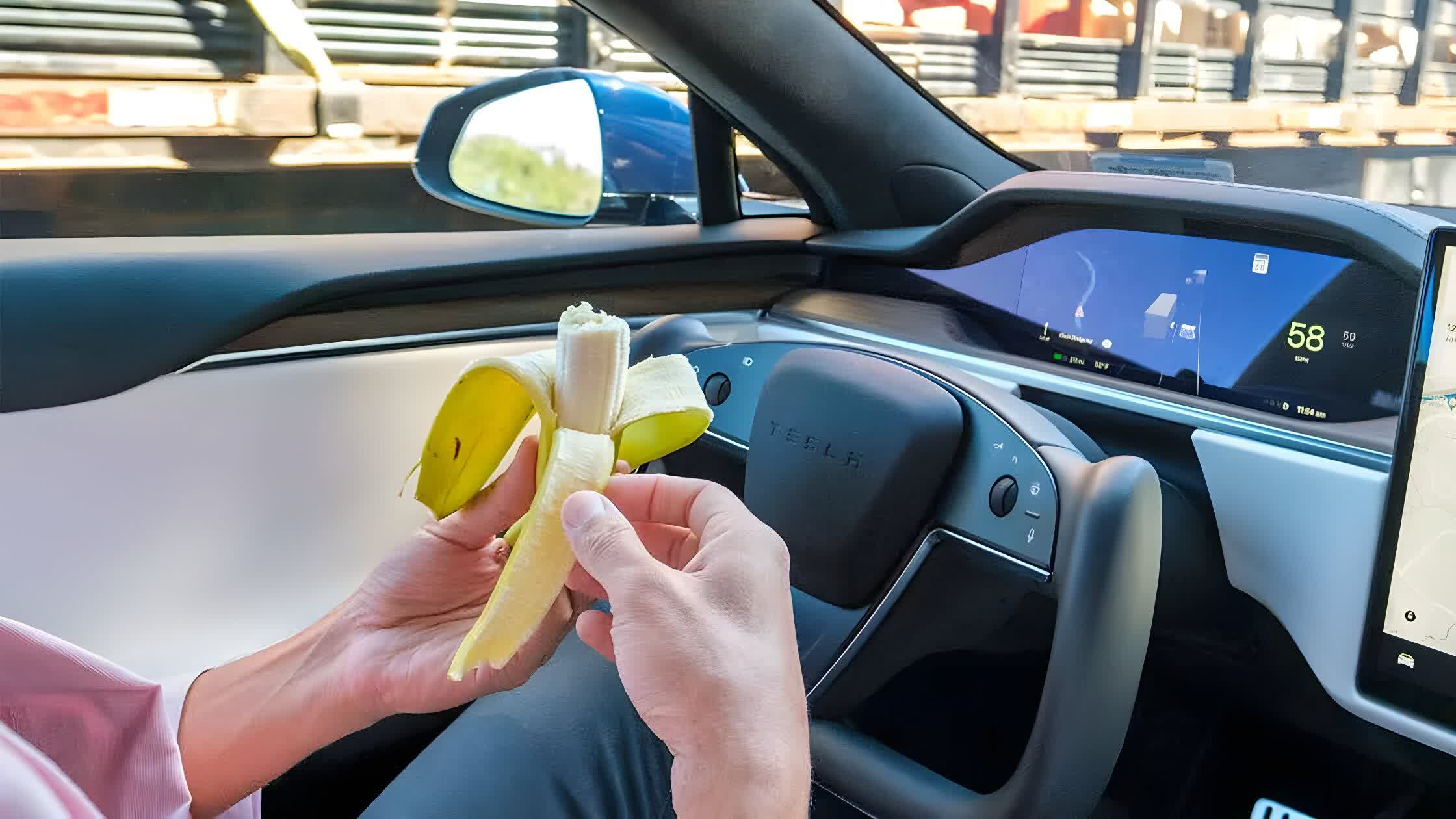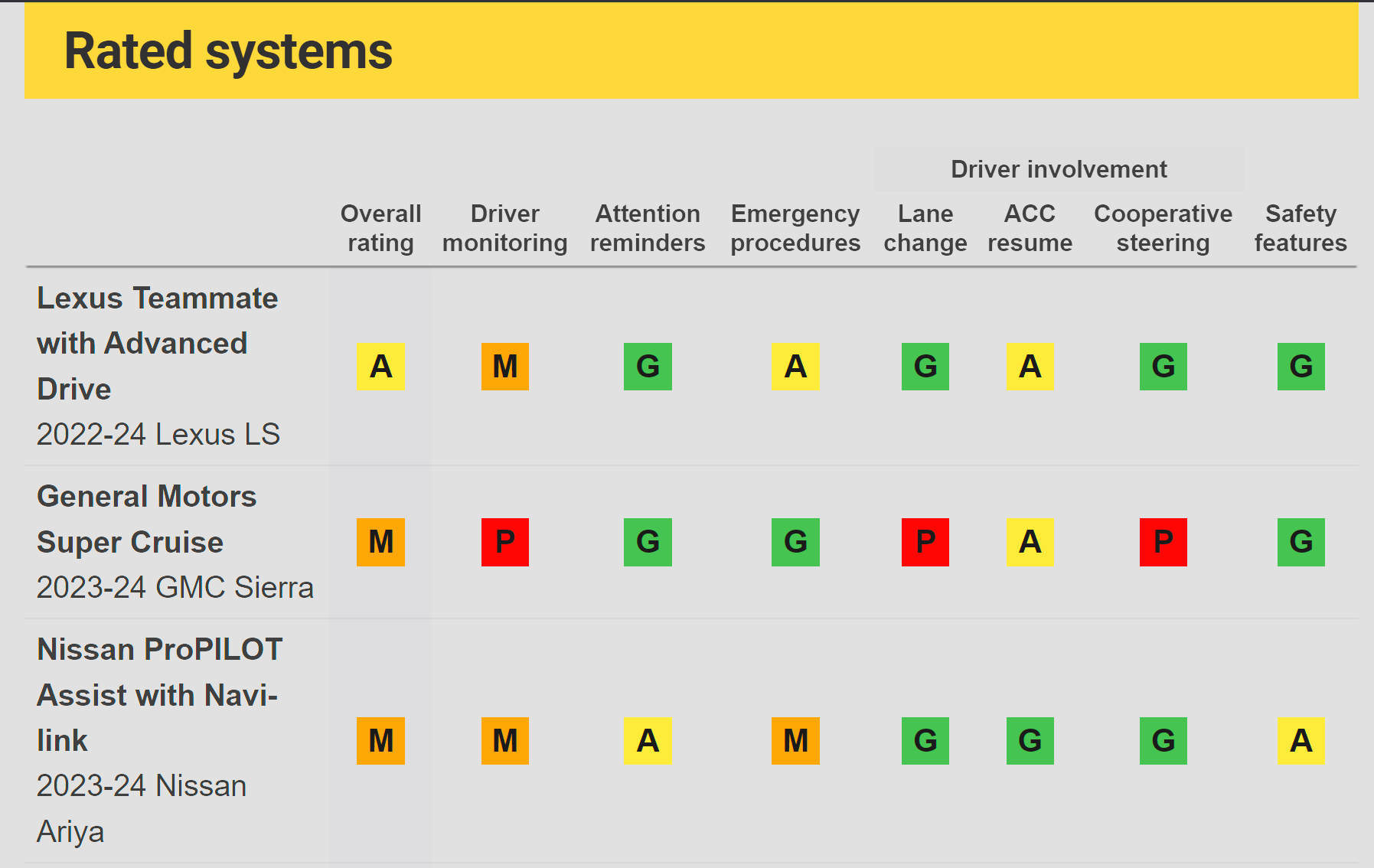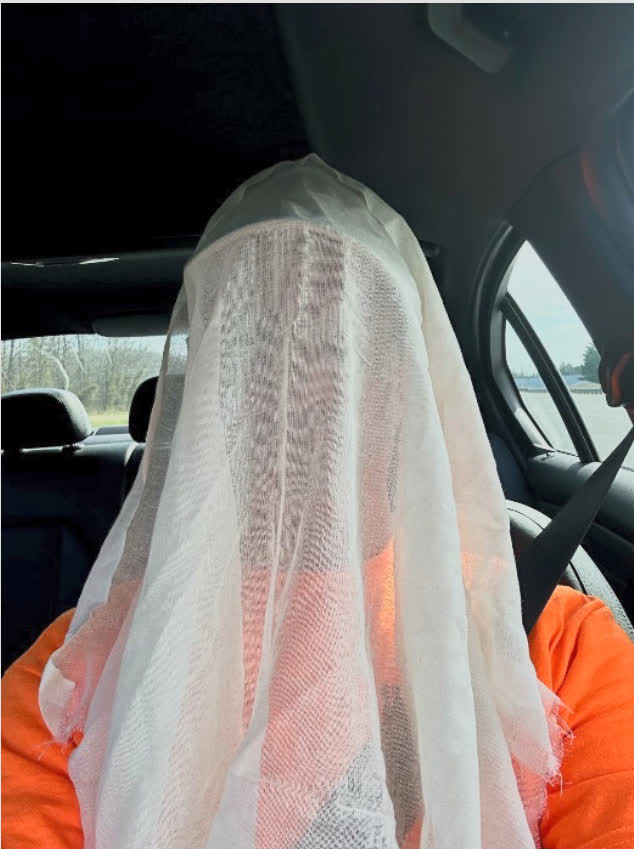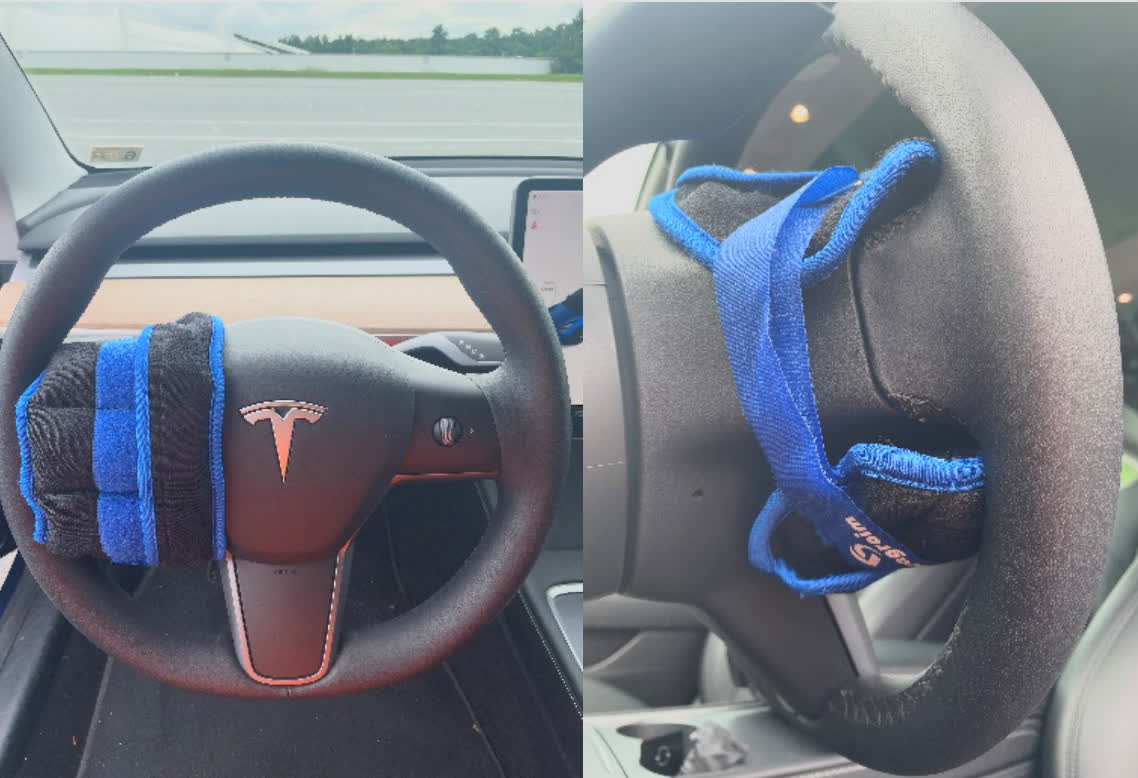In brief: Partial automated vehicle systems that can perform certain functions are supposed to make our driving experiences simpler and safer, but the results of a new study contradict automakers' claims. Out of the 14 systems that were tested, none was awarded a "good" rating.

The Insurance Institute for Highway Safety (IIHS), an independent non-profit founded in 1959 that is dedicated to reducing deaths, injuries, and property damage from motor vehicle crashes, carried out the study into partial driving automation features.
The features examined in the study aren't advanced driver assist systems like emergency braking. Instead, they cover the likes of adaptive cruise control, cooperative steering, lane-keep assistance, automated lane changing, and systems that sometimes allow a driver to take their hands off the wheel.
Also read: Carmakers are sharing driving habits with insurance companies, unbeknownst to owners
IIHS evaluated the vehicles' features based on driver monitoring, attention reminders, emergency procedures and other aspects of system design, awarding them a score of good, acceptable, marginal, or poor based on their safeguards.
Some examples of what would earn a good safeguard rating include monitoring a driver's gaze and hand position, using multiple types of escalating alerts to get a driver's attention, and automated lane changes being initiated or confirmed by the driver. Not a single one of the 14 systems was awarded a good rating: Only one was rated as acceptable, two were classed as marginal, and the rest were "poor."

The only systems not rated as poor
BMW, Ford, General Motors, Genesis, Lexus, Mercedes-Benz, Nissan, Tesla, and Volvo systems were all tested by IIHS. The Lexus Teammate with Advanced Drive system was the only one rated as acceptable, though another one of the company's systems, the Lexus Dynamic Radar Cruise Control with Lane Tracing Assist, received a poor rating. GM's Super Cruise and Nissan's ProPilot Assist were the two systems rated as marginal.
Tesla's Full Self-Driving (Beta) Version 2023.7.10 had the worst rating overall. Its system was rated as poor in six categories and acceptable in the other two. Tesla Autopilot was only marginally better, receiving a good score for lane changing instead of poor.

The "last-minute Halloween costume"
One of the tests involved covering the driver's face with a cheesecloth to see if a system could be activated when a person's face was obscured. IIHS also covered cameras with felt for another assessment, and attached weights to the steering wheel to simulate a driver's hands to try and trick the systems.

What kind of freakish hands would feel like ankle weights?
IIHS President David Harkey said that while the results are "worrying," all the tested systems did well in at least one category, which "means the fixes are readily available and, in some cases, may be accomplished with nothing more than a simple software update."
https://www.techspot.com/news/102242-vehicle-safety-group-tests-14-partial-automated-driving.html